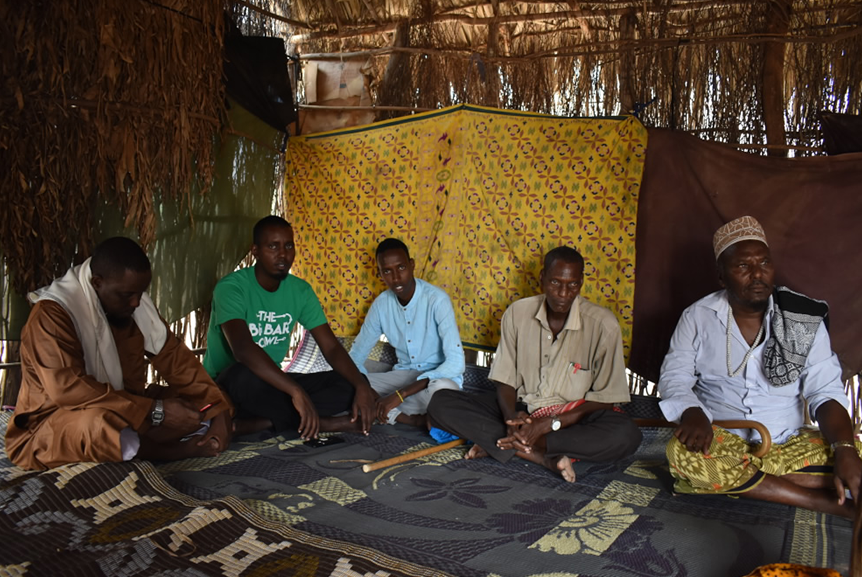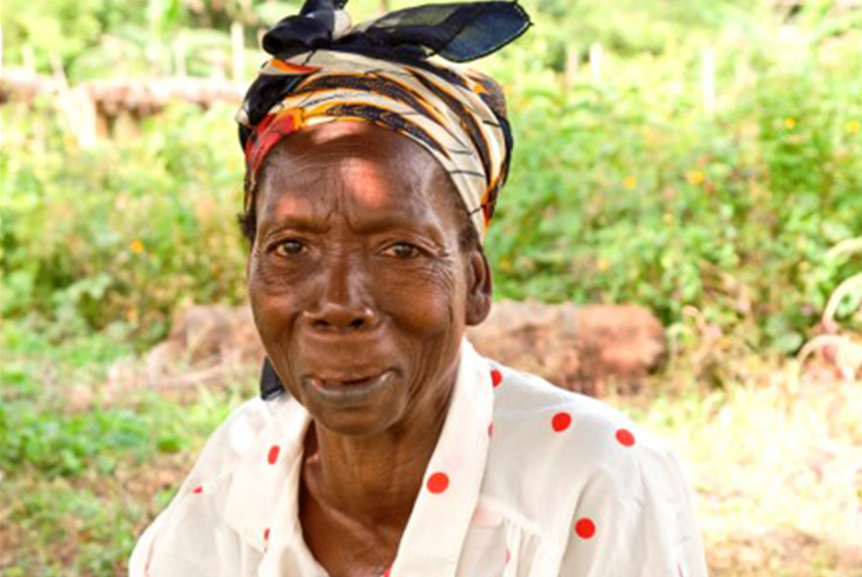
LIVELIHOODS & FOOD SECURITY
Lack of access to adequate food not only adds to human suffering and poor health, it also hinders progress in many other areas of human development.
Undernutrition – inadequate energy or nutrients – is affecting more than 150 million children worldwide. Around 821 million people – one in nine – still go to bed hungry each night.
Muslim Response USA understands that providing food assistance in an emergency can save lives, but helping people achieve economic independence through sustainable livelihoods can help change lives for good and break the cycle of poverty.
Food Security & Livelihood Facts
Food insecurity is highest in the most fragile countries and regions affected by war, conflict and natural disasters; six out of 10 people facing acute food insecurity are in countries affected by conflict or insecurity.
Nearly 151 million children under five – or over 22 percent – were affected by stunting in 2017.
Wasting continues to affect over 50 million children under five in the world and these children are at increased risk of disease and mortality. Three-quarters of stunted children – some 122 million children – live in countries affected by conflict.
60 percent of the world’s hungry are women and 70 percent of the world’s poorest people live in rural areas and depend on agriculture for their livelihood.
The coping strategies people adopt to move out of the crises – including selling cattle and tools for food, and taking children out of school to work – can have long-lasting effects, trapping them in a vicious cycle of hunger and poverty.
50 percent of pregnant women in developing countries suffer from anemia and around 110,000 women die during childbirth each year.
Roughly 30% of the food produced worldwide – about 1.3 billion tons – is lost or wasted every year, which means that the water used to produce it is also wasted.
45% of deaths among children under 5 have malnutrition as an underlying cause.
It is predicted that South Asia and Southern Africa will be the most vulnerable regions to climate change-related food shortages by 2030.
The world population is predicted to grow from 6.9 billion in 2010 to 8.3 billion in 2030 and to 9.1 billion in 2050. By 2030, food demand is predicted to increase by 50% and 70% by 2050.
In developing countries, rising food prices form a major threat to food security, particularly because people spend 50-80% of their income on food.

How does Muslim Response USA help the poor families break the cycle of poverty?
Women and youth focused livelihood programs e.g. kitchen gardening, vocational training, and livestock – distribution of goats/sheep, chicken rearing, community education on livestock rearing hygiene etc.
Building the capacity of small farmers on modern practices for improved productivity and reduced harvest losses
Improving small farmers’ access to good quality seeds, greener fertilizers and tools so farmers can grow more.
Development of Farmer Self-Help Groups/ Cooperatives and facilitating their linkages with markets.

Village Saving and Loan Associations (VSLA) for promoting group savings and helping farmers’ access to capital, so they can expand their farms and buy equipment.
Providing emergency food assistanceto vulnerable families and malnourished so that they can survive and quickly bounce back in times of crisis.
Community based nutrition programsfor extremely poor and vulnerable communities including growth monitoring and promotion, breastfeeding and supplementary feeding, nutrition education/communications for behavior change and micronutrient supplementation (vitamin A, iron, iodine, other).

























